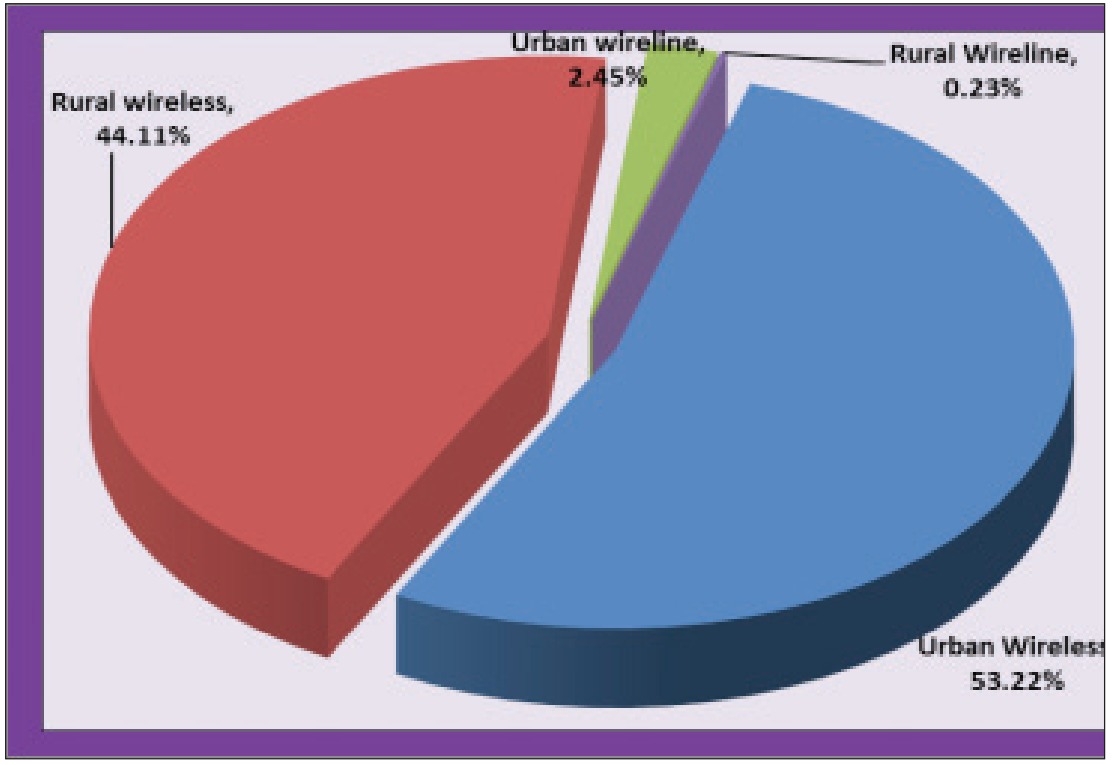In a notable shift within India’s digital payment landscape, the Unified Payments Interface (UPI) has emerged as the preferred mode of transaction, with a staggering 118 billion transactions recorded in the fiscal year 2023, as per data released by the National Payments Corporation of India (NPCI). Capitalizing on this trend, SuperUs, an Indian tech OEM, has introduced a groundbreaking innovation – the Dynamic QR Code device. This state-of-the-art device integrates the functionalities of both a cash terminal and checkout terminal, revolutionizing transaction experiences for businesses and customers alike.
With its seamless system integration, the Dynamic QR Code device ensures error-free reconciliation, promising accuracy and efficiency in payment processes. Unlike conventional solutions, SuperUs has positioned the Dynamic QR Code as a cost-effective option with numerous advantages.
Key features include: Streamlining payment processing and enhancing customer interaction Minimal installation expenses, eliminating upfront costs associated with hardware, software, and training Generation of unique QR Codes for each transaction, reducing the risk of errors Easy implementation with user-friendly systems and straightforward device management Effortless integration and Locally manufactured with in-house facilities, enabling scalable customizations The Dynamic QR Code device offers comprehensive financial and inventory data management through integration capabilities with inventory accounts and ERP systems. Its display technology, utilizing innovative E Ink electronic paper, ensures crystal-clear visuals and an enhanced user experience.
Moreover, the device’s multiple size options cater to diverse business needs, ensuring versatility and adaptability across various environments. SuperUs, as an Indian tech OEM, is committed to building connected information systems with innovative technology and smart devices. Their vision is to unify communication through premium devices, SaaS, and licensing models.
This unveiling of the Dynamic QR Code device marks a significant advancement in India’s digital payment ecosystem, providing businesses with an efficient, cost-effective solution to meet evolving consumer demands. With UPI transactions on the rise and technology playing a pivotal role in shaping the future of payments, innovations like the Dynamic QR Code device are poised to drive further transformation and propel India towards a cashless economy. For more information, visit the official website of SuperUs: www.superussystems.com. [Reference: NPCI – https://www.npci.org.in/]
SuperUs’s introduction of the Dynamic QR Code device signifies a strategic response to the changing landscape of digital payments in India. With UPI transactions witnessing exponential growth, businesses are increasingly seeking innovative solutions to streamline their payment processes and enhance customer experiences. The Dynamic QR Code device addresses these needs by offering a comprehensive, user-friendly platform that optimizes efficiency and accuracy while minimizing costs.
Moreover, its unique combination of features, such as integrated system reconciliation, error reduction through individual QR Code generation, and straight-forward implementation and maintenance, distinguishes it as a leading solution in the market. By leveraging locally built technology and manufacturing capabilities, SuperUs ensures scalability and customization to meet the diverse requirements of businesses across various industries. As India continues its journey towards becoming a digitally empowered society, initiatives like the Dynamic QR Code device play a crucial role in driving financial inclusion, promoting transparency, and fostering economic growth.
By empowering businesses with cutting-edge technology, SuperUs contributes to the broader vision of building a robust digital infrastructure that benefits both enterprises and consumers alike. Overall, the unveiling of the Dynamic QR Code device marks a significant milestone in India’s digital payment evolution, underscoring SuperUs’s commitment to innovation and excellence in the tech industry.


 Opinion2 years ago
Opinion2 years ago
 Fashion7 years ago
Fashion7 years ago
 Entertainment7 years ago
Entertainment7 years ago
 Entertainment7 years ago
Entertainment7 years ago
 Opinion2 years ago
Opinion2 years ago
 Business News2 years ago
Business News2 years ago
 Policy&Politics2 years ago
Policy&Politics2 years ago
 Business News2 years ago
Business News2 years ago



















